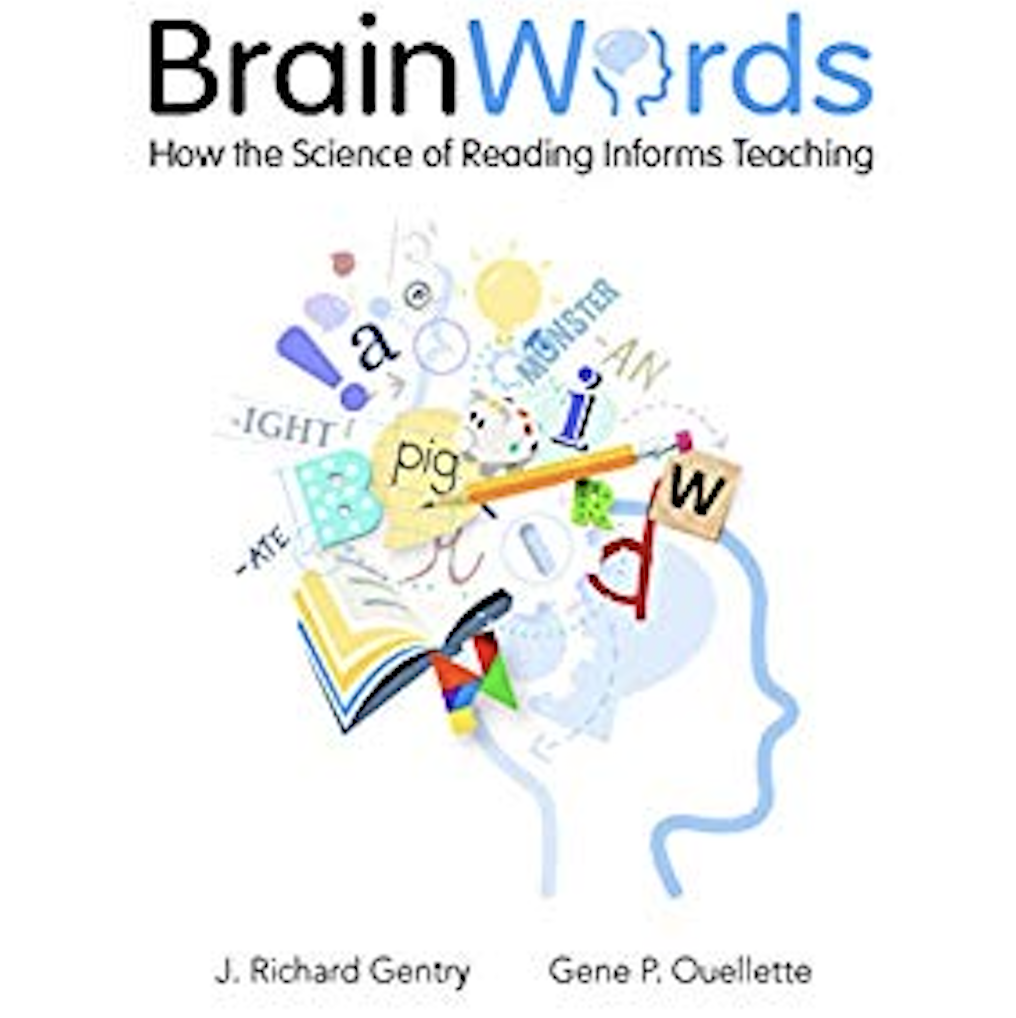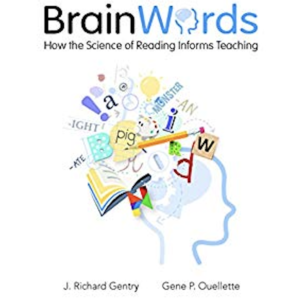People have surprising passions.
Some friends regularly announce that the Oxford comma is a hill they’re ready to die on. (I’m an English teacher, and yet I wonder: you’re willing to die over a punctuation mark?)
With equal energy and frequency, Twitter and Facebook resonate with mockery of the typeface Comic Sans. (Again, it’s a typeface. Why all the pique?)
Comic-sans mockery, however, often earns this earnest rebuttal:
“Comic sans helps dyslexic readers, who struggle with other fonts. Comic sans isn’t dreadful; it’s essential!”
I’ve read this statement so often that I simply assumed it’s true. Would Twitter lie?
Just Checking…
I have, in fact, seen the claim that “comic sans benefits dyslexic readers” twice this week.
However, I’ve started to notice a curious silence: no one cites specific research to back up that claim.
So, I thought I’d find it for myself.
Long-time readers know my routine. I surfed over to Google Scholar, and searched the terms “dyslexia” and “font.” And, to be on the safe side, I also searched “dyslexia” and “comic sans.”
From there, I used Scite.ai and Connectedpapers.com to follow up on my findings.
The results surprised me, so I thought I’d pass them along.
Does Comic Sans Benefit Dyslexic Readers?
I don’t know.
More precisely, I can’t find research that explores that question directly.
When I did the searches described above, I found several studies that seemed promising. And yet, when I looked at the specifics, I found that the researchers hadn’t explored exactly this question.
For instance:
Several studies cite the British Dyslexia Association style guide as their source for this recommendation.
That guide does recommend Comic Sans (and other sans serif fonts, including Arial). However, it doesn’t cite any research to support that claim.
Hmmmm.
This study, helpfully called “Good Fonts for Dyslexia,” does indeed ask 48 dyslexic readers to study passages in different fonts. It asks exactly the question we’re trying to answer.
However, this research team didn’t include Comic Sans among the fonts they studied.
They do recommend Helvetica, Courier, Arial, Verdana and CMU for dyslexic readers. But they have no recommendation one way or the other about Comic Sans.
Double hmmmmm.
Most of the studies I found focus less on font and more on web design. (And, the most common font-related conclusion I found is: fonts designed to benefit dyslexic readers don’t.)
At this point, I simply don’t have a research-based answer to this question.
To Be Clear…
This search genuinely surprised me. Given the frequency of the claim — just google it! — I assumed I’d find a robust research pool.
But, no.
Given the potential for controversy here, I want to answer some likely questions:
“Are you saying Comic Sans DOESN’T help dyslexic readers?”
No. I’m saying I can’t find a research-based answer either way.
“If you’re not an expert in dyslexia, how can you be so sure?”
Honestly, I’m not sure. I’m usually fairly skilled at finding the research basis behind educational claims. (Heck, I wrote a book about doing so.) But in this case, I simply couldn’t discover a convincing answer to the question.
“Look, this research right here shows that Comic Sans does help!”
AWESOME! Please share it with me so I can write a follow-up post.
“My student/child/colleague tells me that Comic Sans helps a lot.”
That kind of individual experience is useful and important. I hope that researchers explore this question, so we can know with greater confidence whether or not it helps most dyslexic readers.
“How long did you look?”
Maybe an hour, spread out over two days. I certainly could have missed something. I hope you’ll let me know if you’ve got a study that looks at this possibility.
TL;DR
You might have heard that Comic Sans helps dyslexic readers; you might have heard that “research says so.”
Those claims might be true, but I haven’t (yet) found research supporting them. If you know of that research, please send it my way!






